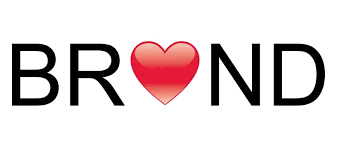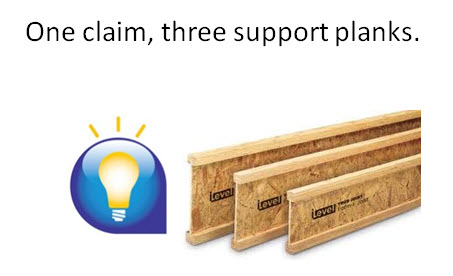An Evocative Brand Planning Word.
Every once in a while I land on a word that is like gold to a brand or account planner. These words are the planner’s secret sauce, helpful in unlocking consumer and business truths. I suspect psychotherapists, too, have a few of these words in their briefcases.
Today’s word is “safeguard.” I was reading a story on the announcement of a new executive editor of The Washington Post, with all its the attendant drama, and those who were defending the ousted editor Marcus Brauchli talked about how he “safeguarded the quality and standards that the Post has built its name on.” (NYT, 11/14/12). Does this not sound like a topic to probe for deeper brand meaning? Oh yeah.
Tell me a story about a time you safeguarded the integrity of your company.
The last time the brand came under attack, what did you do to safeguard it?
When your family wasn’t eating properly, what safeguards did you put in place?
The sentences will be different for each situation though there is no doubt the drill will hit some serious information. And if the response sounds like a platitude ask for a story or for an example. To quote a very average American “Drill baby drill.” (Sorry, that was unkind.) Peace.








